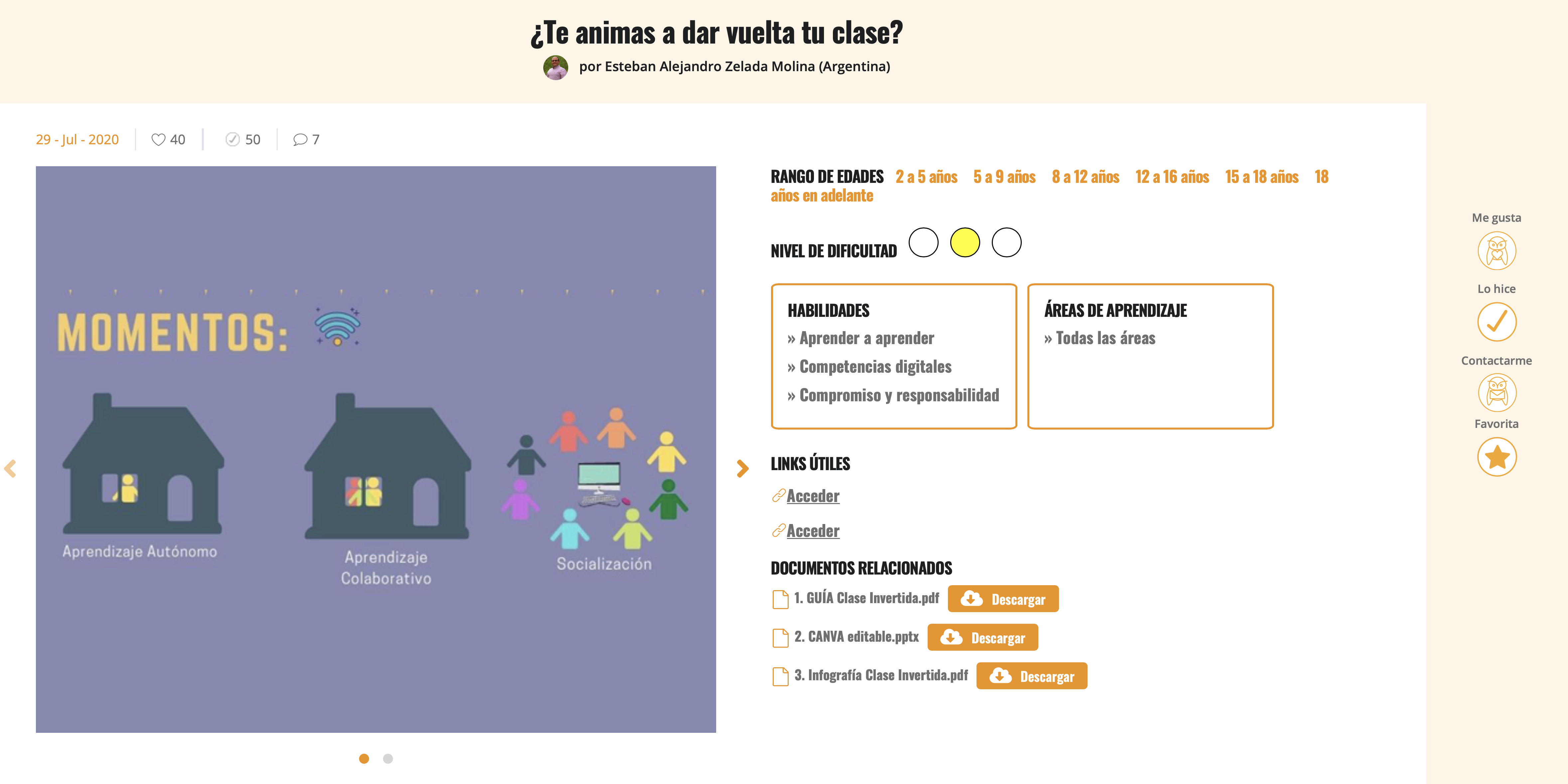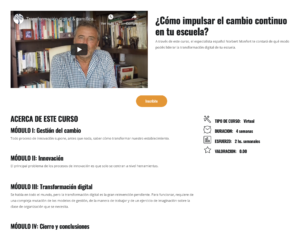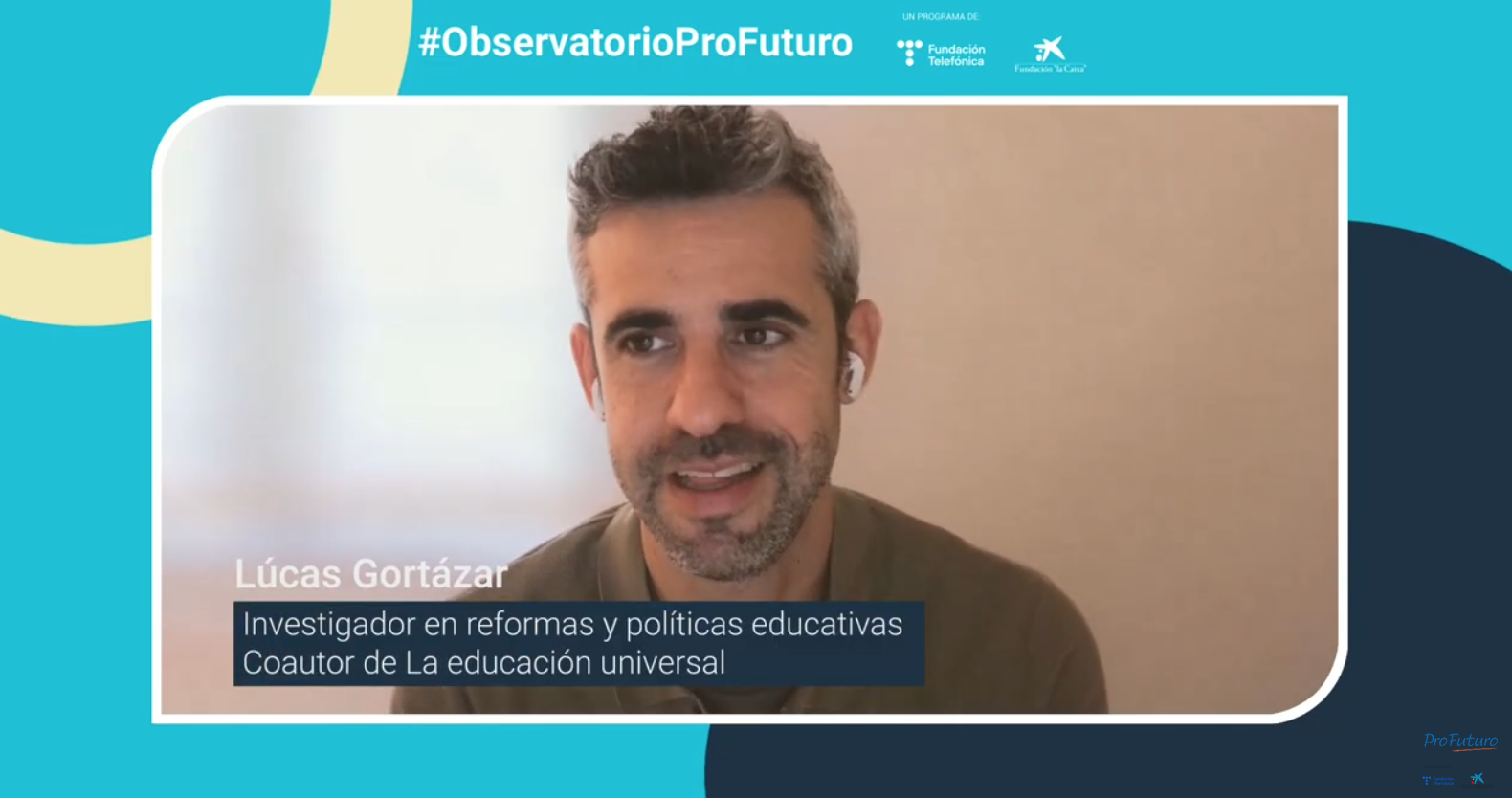“Consistently positive every day”, “again enthusiastic about teaching” and “more relevant, more energetic, more engaged than I have been in 10 years”. This is how teachers feel when they participate in collaborative learning networks. These testimonies are part of a qualitative study on professional learning networks, for which 1,417 educators from 47 countries were interviewed. Respondents spoke enthusiastically about their experiences with these networks, describing them as “diverse and multifaceted networks of people, communities, tools, platforms and resources” that had brought them affective, social and cognitive benefits. Almost all participants in the study claimed to have changed their teaching practices as a result of their participation in such platforms and a quarter of them attributed to these networks a change in their way of thinking about teaching and moving towards new conceptions of their professional identities.
In Latin America, since March 2020, there has been a free and open social network for collaborative learning where educators can meet, share, inspire and learn from each other. It is the Atenea Community created by the Varkey Foundation, whose focus on building trust and empathy among teachers has been, according to the Hundred Academy Review, a crucial aspect of its success and high impact.
Today, the Atenea Community brings together almost 16,000 teachers and offers 740 hours of free and open training opportunities. Its good practices have been replicated more than 4,500 times by colleagues in the community and have reached more than 174,000 students.
The philosophy of the Atenea Community is built on three pillars:
- Discover good practices of other teachers.
- Publicise initiatives and motivate other teachers.
- Meet teachers from all over the region and learn in community.
The platform is based on three elements: a space of good practices that gathers resources on different educational topics, an environment that hosts a community where you can establish contact with teachers from different specialities, and an environment of continuous training that offers courses for the professional development of teachers. Let’s take a look at what they are and how they work.
From audiobook to Scratch: hundreds of resources to get you excited
Create an audiobook to make classes more interesting and accessible; learn to teach through audiovisuals with “film” projects; evaluate through humour by creating memes or travel back in time with Scratch. Everything is possible through the hundreds of resources shared every day by all the teachers in the Atenea Community. This section gathers resources that are shared by the teachers themselves, based on a structure that includes the definition of the target audience, the level of difficulty, the skills to be developed and, finally, the area or subjects in which the proposal could fit into the curriculum. The platform also allows you to contact the author, mark if we have developed the experience and send feedback on the implementation, fundamental dynamics to foster the generation of community.

Connecting and empathising
The community space brings together all the users of the environment. You can browse to find like-minded profiles with whom you can establish contact with a view to sharing impressions or collaborating.
Courses to teach
Finally, the section on courses represents the importance of continuous teacher training. It brings together a series of experiences that we could call trends in the area of lifelong learning for teachers. Leadership, emotional education, service-learning, critical thinking, evaluation, among others. Thus, we will find courses such as Global collaboration between schools, Developing critical thinking, How to gamify your classroom and How to accompany children on the internet.
Teaching communities: advantages and conditions
Collaboration, feedback, reflection, metacognition… As we can see, professional learning communities have great benefits for both students and teachers. This ISTE article summarises some of the most important ones:
- They provide opportunities to directly improve teaching and learning. They make it easy to share best practices and innovative ideas to boost student achievement.
- It helps teachers keep abreast of new research tools and emerging technology for the classroom. Digital learning communities enable teachers to stay in touch with colleagues around the world and allow them to keep abreast of what other schools, cities, regions and countries are doing in their schools.
- They encourage reflection. Belonging to a learning community enables teachers to reflect on ways to improve their teaching and adjust their practice.
And what elements are needed for these communities to be successfully implemented?
- Communication: Good communication is key so that educators can share opinions and feel that what they are doing in the classroom is important.
- Defining roles: To build a good team, it is important to define roles and relationships. This starts with understanding the strengths of everyone in the community. Enhancing the strengths of others builds trust and makes relationships happen.
- Learner-centred metacognition: the efforts of learning communities should focus their efforts on questions related to learning and create products that lead to student achievement.
The digital environment has turned these learning communities into incredible professional development spaces for teachers who sometimes do their work under difficult conditions and need motivation and enthusiasm to create meaningful learning experiences for their students.
REFERENCES
Giménez, C. and Erzen, B. (February, 2022). Atenea Community: a collaborative learning network for teachers. Observatory of the Institute for the Future of Education. Monterrey Institute of Technology. Accessed on 16 March 2022.
Serviss, J. (May, 2021). 4 benefits of an active professional learning community. ISTE. Accessed on 16 March 2022.
Trust, T., Kutka, D.G. and Carpenter, J.P. 2016. “Together we are better”: Professional learning networks for teachers. Computers & Education, Volume 102, 2016, Pages 15-34, https://doi.org/10.1016/j.compedu.2016.06.007.







